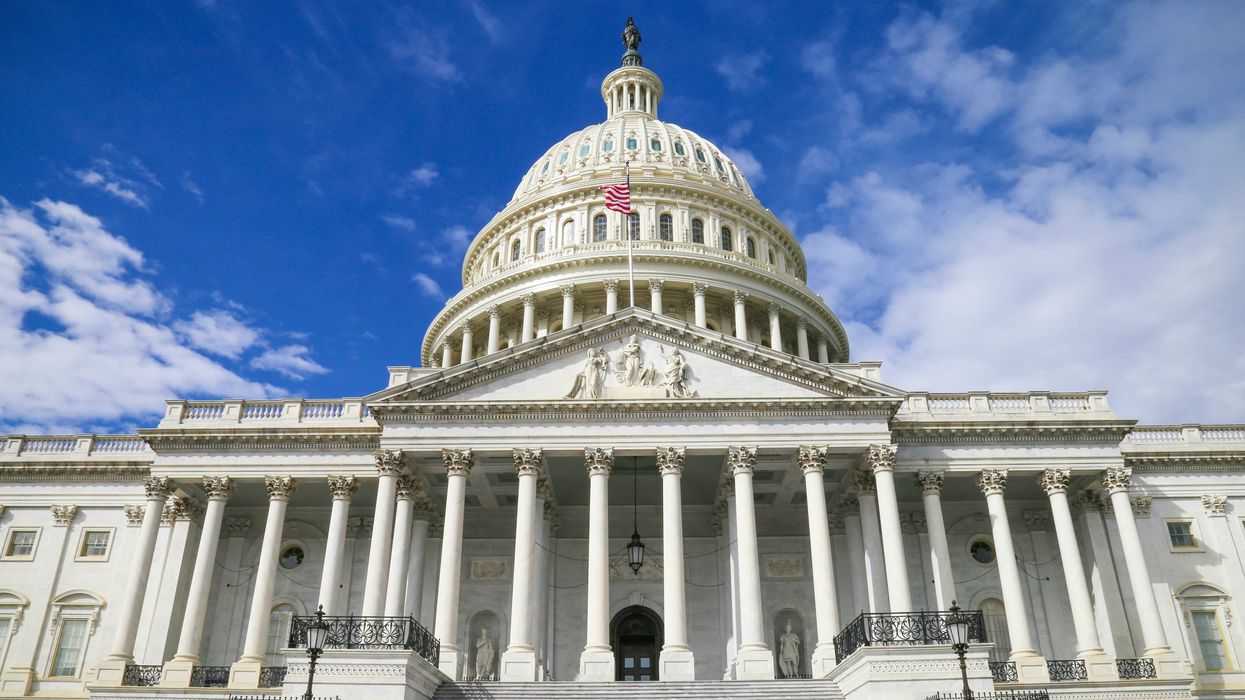Introduction: The Real Shutdown Inside Congress
Marjorie Taylor Greene has surprised many by questioning her party’s shutdown strategy, making her seem more pragmatic than GOP leaders. On this issue, she is right: the federal government is dark, and the clock is running down. Whether or not this becomes the longest shutdown in U.S. history, the damage is already done.
Earlier shutdowns—Clinton’s fight with Gingrich in 1995, Obama’s battle with House Republicans in 2013, Trump’s 2018 border wall standoff—were disruptive but contained. Agencies furloughed workers, parks closed, markets wobbled, and then the government reopened, usually with a compromise. What makes this shutdown different is what’s at stake: not just funding, but Congress’s very capacity to function as a coequal branch of government.
For years, lawmakers have relied on short-term funding patches instead of passing real budgets. Each delay weakens Congress’s control over spending and strengthens the executive. Now, as some Republicans begin to break ranks, the deeper problem remains: a Congress afraid of blame, a GOP unwilling to confront Trump, and a presidency eager to fill the vacuum.
The real shutdown isn’t confined to darkened federal offices. It’s unfolding inside Congress itself—an institution that has slowly, and perhaps irreversibly, shut down its own ability to govern.
II. How Congress Got Here
The seeds of this shutdown were planted decades ago. The 1974 Budget Act was designed to restore congressional control after President Nixon refused to spend funds that lawmakers had approved. Ironically, that reform has become the mechanism of Congress’s undoing. Strict deadlines and complex rules encouraged political standoffs, and presidents quickly learned to take advantage whenever Congress failed to meet them.
By the 1990s, shutdowns had become political theater. Gingrich’s 1995 clash with Clinton was the first to weaponize the threat of closure as ideological leverage. Even then, congressional leaders accepted responsibility for ending the crisis because they still saw themselves as stewards of the institution. That sense of stewardship has disappeared, a stark reminder of how swiftly accountability fades when politics devolves into spectacle.
Today’s GOP treats fiscal chaos not as failure but as strategy. Speaker Johnson’s caucus, under pressure from the far-right Freedom Caucus, views paralysis as proof of principle—better to burn down the process than risk compromise. Earlier Republican leaders, from Howard Baker to John Boehner, recognized the true cost of dysfunction. Their successors have chosen submission instead.
Earlier Congresses assumed governing was part of their job. Appropriations bills were debated, amended, and passed through the usual committee process, known in Congress as ‘regular order.’ Committee chairs wielded expertise. Compromise was expected. Today, those habits have been replaced by crisis management through continuing resolutions and executive end-runs. Lawmakers act for the cameras, not the country.
If earlier generations of lawmakers worried about “big government,” today’s should worry about no government at all. This institutional drift stems from ideology, fear, and spectacle. Many Republicans have refused to confront Trump’s hold over their base, fearing that any challenge to him could provoke backlash from MAGA loyalists and cost them politically. Partisan identity has replaced institutional duty, leaving Congress adrift and the presidency stronger than ever.
III. The Quiet Transfer of Power
As Congress stalls, the presidency expands to fill the void. What once required deliberative congressional action is now rushed through in the form of executive orders and emergency declarations. The shutdown has only accelerated this trend, granting the White House de facto control over how and when to spend federal dollars.
It doesn’t take a coup to shift the balance of power, only routine abdication. Each continuing resolution, each emergency declaration, each delayed budget becomes another precedent for executive dominance. The pattern has persisted across administrations, but Trump’s second term has institutionalized it. He doesn’t need Congress to pass sweeping laws; he needs it to fail. The resulting concentration of power is quieter than a constitutional crisis, but every bit as consequential.
Meanwhile, the public grows accustomed to governing by decree. The expectation that presidents will solve every problem—from border policy to student loans—further marginalizes Congress. What the Founders designed as a system of shared power has become one of deferred responsibility, with the legislature acting as a spectator to its own diminishment.
IV. Conclusion: Reopening Congress
The shutdown will end, but the deeper crisis will remain. Restoring balance requires more than reopening the government; it demands reopening Congress itself.
First, lawmakers must return to regular order—passing appropriations through committees rather than relying on endless continuing resolutions. That alone would begin to reassert legislative authority over federal spending. Second, both parties must recommit to oversight as a shared constitutional duty, not a partisan weapon. The point of oversight is accountability, not ammunition.
Third, Congress needs leaders willing to defend the institution even at political cost. That means challenging executive overreach regardless of who sits in the Oval Office. Members who still believe in representative government must start behaving like its custodians, not commentators on its decline.
Finally, the public must demand a functioning legislature. Voters, too, have a role in this crisis—rewarding those who govern responsibly, not those who perform outrage on cable news. The Founders built a system that depends on civic engagement to keep power in check. Without that, no reform will last.
The real shutdown isn’t about missed paychecks or closed parks. It’s about a democracy that can no longer perform its most basic task: self-government. The cure isn’t another executive order or emergency declaration—it’s a Congress that works. Reopening the government will take a vote. Reopening the Republic will take courage.
Robert Cropf is a Professor of Political Science at Saint Louis University.



















